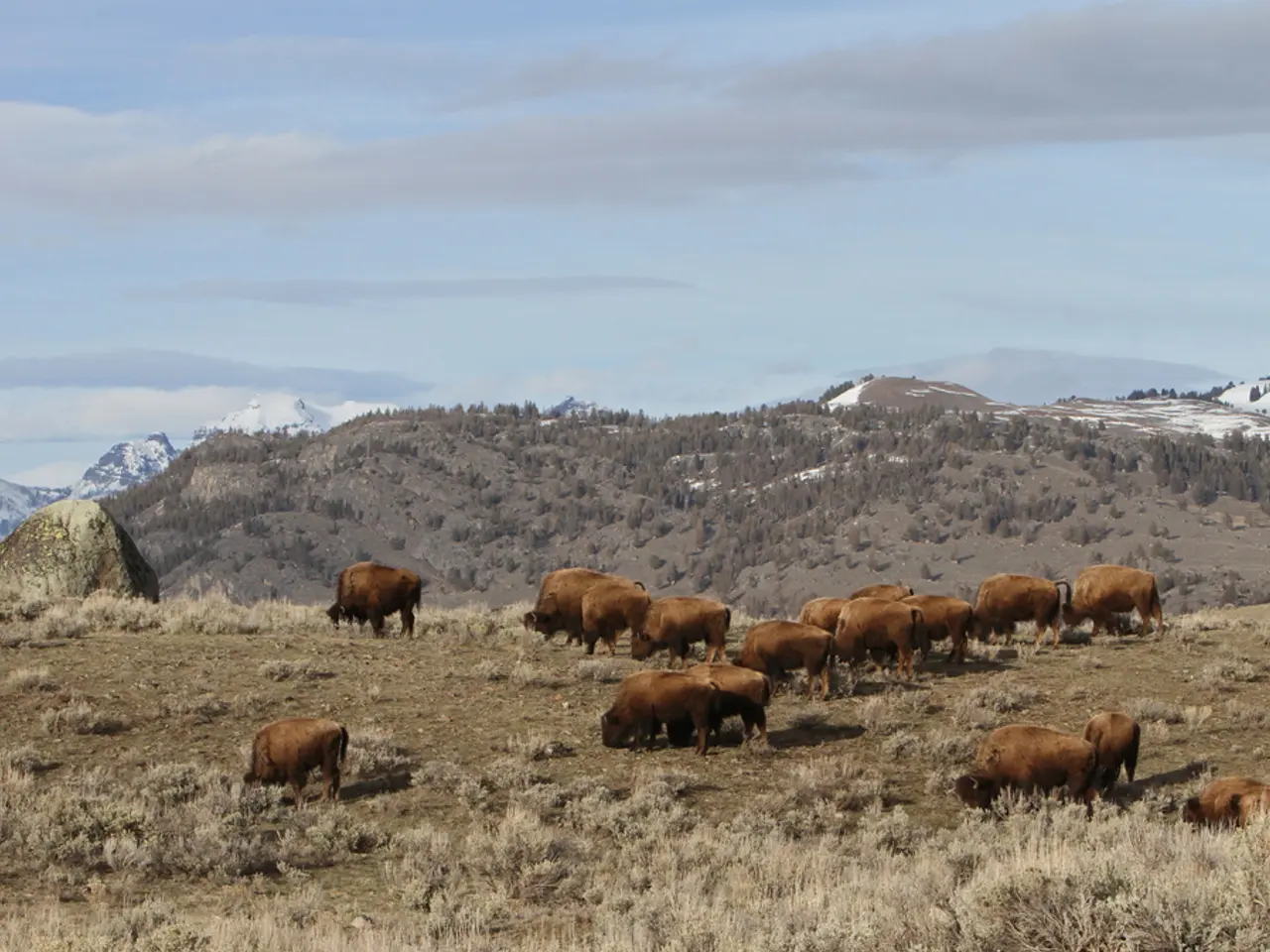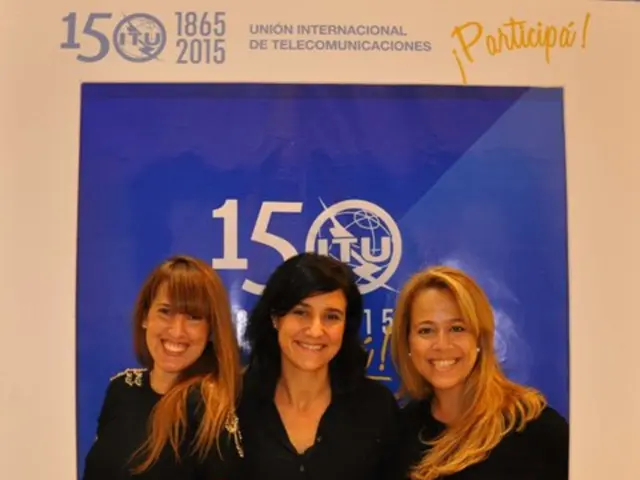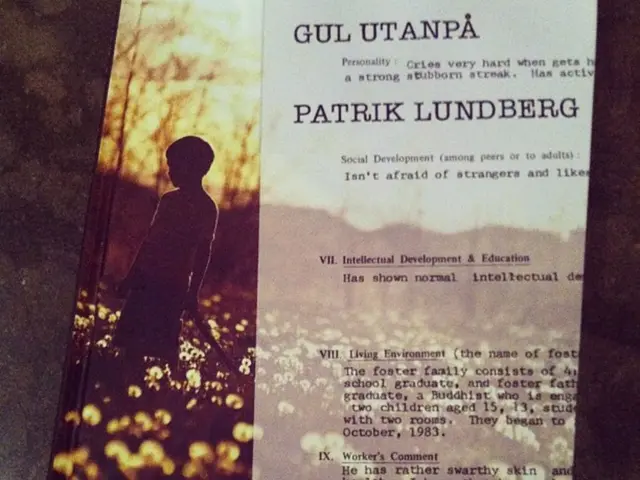Balancing ancient customs with contemporary ecological consciousness: a blend of tradition and environmental care in sustainable hunting practices
In the ancient tradition of human history, hunting was once a privilege reserved for the nobility during the Middle Ages. However, today's hunting practices have evolved significantly, becoming a topic deeply rooted in ecological and ethical considerations.
Modern sustainable hunting is a testament to the integration of technology, science, and tradition. From the Stone Age to the present day, humans have hunted for food and protection. Today, hunting continues to play a crucial role in conservation, particularly in regulating wildlife populations and preventing overabundance, which can lead to negative impacts on other species' habitats and food sources.
The core of sustainable hunting lies in the pursuit of sustainable wildlife management. This approach balances ecosystem health with hunting activities through carefully designed methods and regulations. Key elements of these strategies and programs include population monitoring and quotas, zoning and controlled hunting areas, habitat management, integrating conservation and recreation, population control for ecosystem balance, education and hunter training, and the use of technological innovations and scientific research.
Population monitoring and quotas enable the regulation of hunting quotas to avoid overharvesting and maintain population stability. Zoning and controlled hunting areas minimize localized depletion and spread hunting pressure evenly. Habitat management practices, such as reforestation, planting cover crops, coppicing, and hedge laying, improve shelter and food availability for target species and promote greater biodiversity, thereby supporting sustainable hunting over time.
Modern hunting programs also emphasize sustainable wildlife management as a source of conservation funding and recreational engagement. Hunters often contribute to habitat conservation efforts and wildlife monitoring. In addition, regulated hunting serves as a population control mechanism, maintaining balanced ecosystems by preventing overpopulation and its associated negative impacts.
Education and hunter training are crucial components of sustainable hunting. Training programs for modern hunters increasingly stress ethical hunting practices, species identification, understanding of ecological impacts, and legal regulations, ensuring hunters contribute positively to sustainable management goals.
Sustainable hunting also involves managing hunting grounds to provide sufficient space and food for wildlife, protecting natural habitats, and promoting biodiversity. Measures such as the release of predators that are natural enemies of the hunted species and the creation of retreat areas for wildlife are used in ecological hunting strategies.
Hunting is deeply embedded in cultural traditions and customs, including hunting signals, the Hubertus Mass, and rituals like the 'blowing away' of the kill and the 'break'. Many hunting schools offer specialized courses covering topics such as wildlife biology, habitat management, and ethical aspects of hunting.
Invasive species control and the reduction of excessive populations to prevent damage to forests and agricultural areas are additional conservation strategies in hunting. Professional dog training is crucial in modern sustainable hunting, as it helps locate wounded animals quickly and minimizes suffering.
Together, these approaches foster a scientifically informed, ethically guided hunting culture that supports long-term species viability and ecosystem integrity while allowing for regulated harvest of wildlife resources. The integration of monitoring technologies, habitat stewardship, controlled quotas, and hunter education is central to sustainable hunting strategies today.
- Sustainable living, associating with the conservation efforts of today's hunting practices, is a significant aspect of modern sustainable hunting, which provides an opportunity for lifelong learning about wildlife management and ecological impacts.
- The lifelong learning journey of a modern hunter involves education and self-development, focusing on ethical hunting practices, species identification, ecological impacts, and legal regulations to contribute positively to sustainable wildlife management.
- Home-and-garden and outdoor-living overlap significantly in sustainable hunting, as responsible hunting requires preserving natural habitats and promoting biodiversity through habitat management practices such as reforestation, planting cover crops, and coppicing.
- In the realm of sustainable living, sustainable hunting serves as a protective force for wildlife populations and habitats, providing a connection between technology, science, tradition, and culture, making it a unique aspect of lifelong learning and personal growth.




